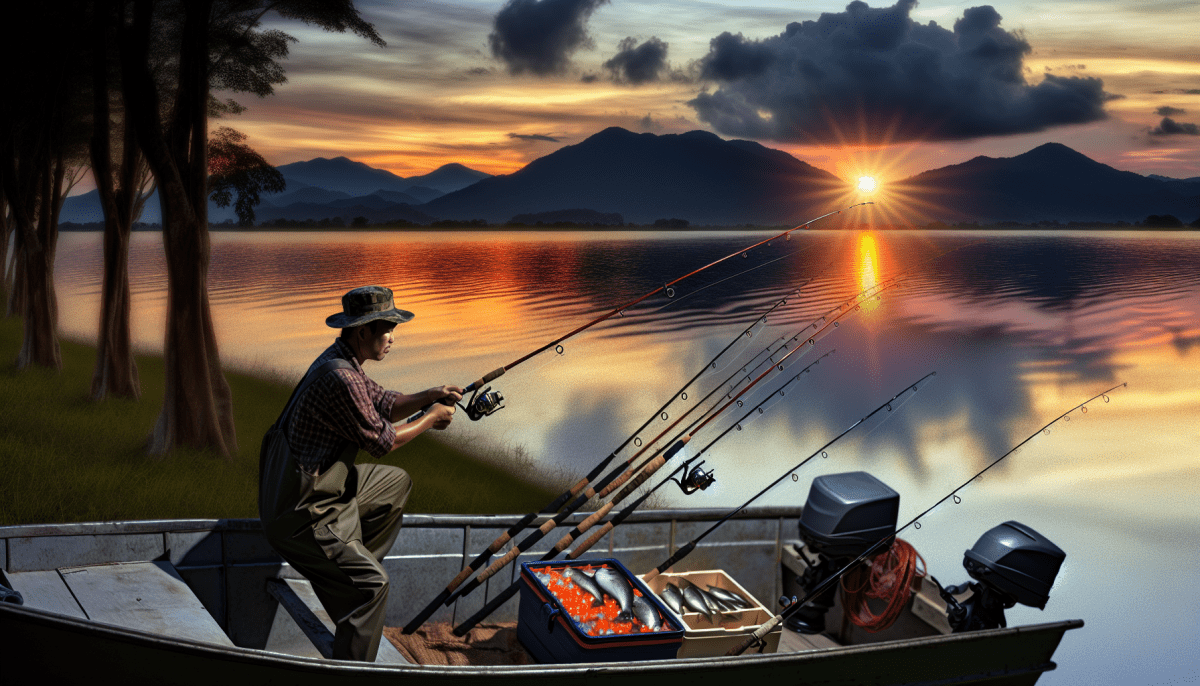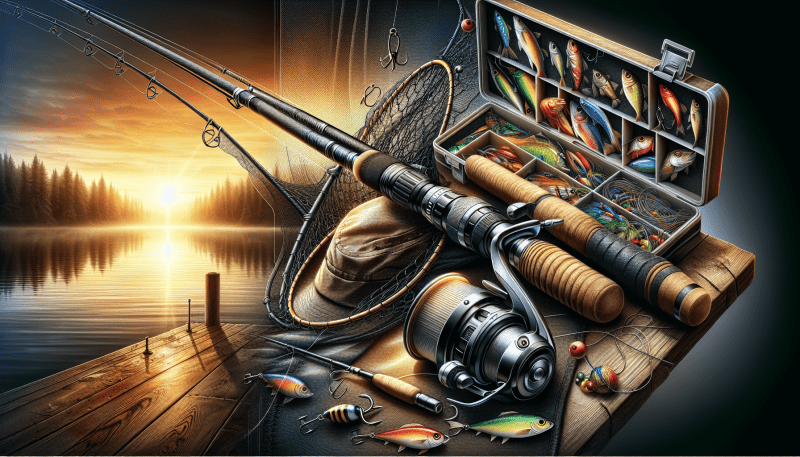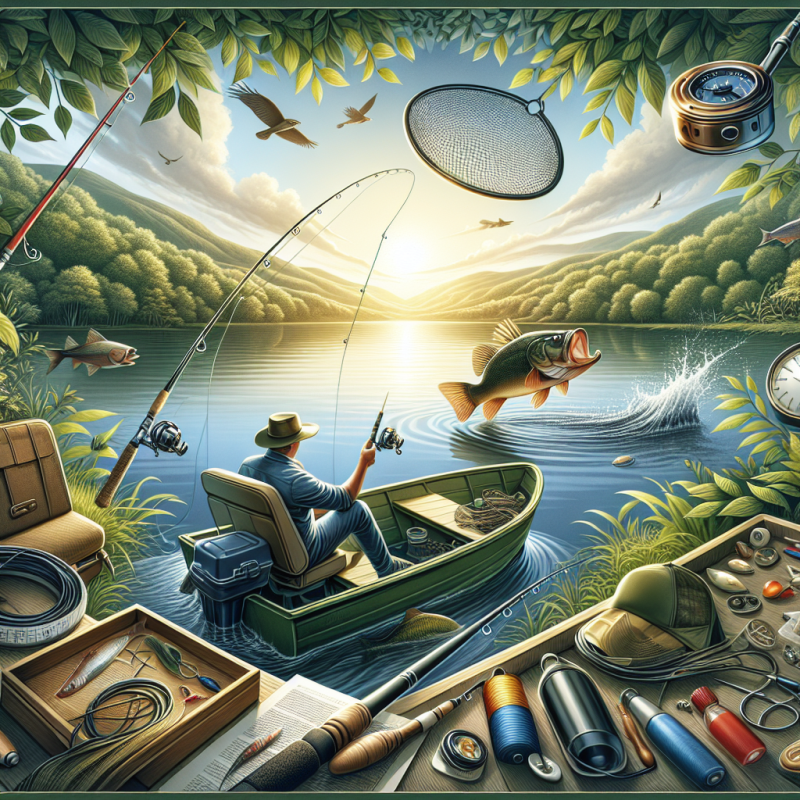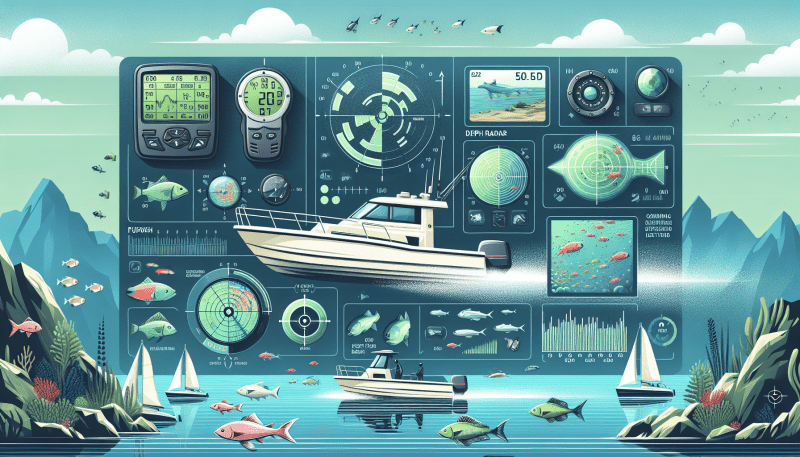Once you've identified your target species, think about the fishing environment. Freshwater and saltwater fishing gear can vary greatly. Saltwater equipment is typically built to withstand harsher conditions, so if you're heading to the ocean, ensure your gear is corrosion-resistant. Additionally, consider whether you'll be fishing from a boat or the shore. Each scenario might require different tackle, as accessibility to deeper waters can influence the gear you choose.
Don't forget about the essential accessories that can enhance your fishing experience. Quality fishing line is critical; it affects your casting distance and the ability to land fish. Additionally, tackle boxes help keep your lures, bait, and tools organized. Investing in a good pair of polarized sunglasses will help you see beneath the water's surface, allowing you to spot fish more easily. These accessories, combined with the right gear, can transform your fishing trips into successful adventures.
Best Fishing Techniques for Beginners
Fishing can be a rewarding experience, especially for beginners eager to learn. One of the best fishing techniques for newbies is the use of simple bobber fishing. This method involves a float, or bobber, that sits on the water's surface, helping you detect when a fish bites. To get started, tie a hook to your fishing line, add some bait like worms or small minnows, and attach the bobber a few feet above the hook. Cast your line and watch the bobber carefully. When it dips underwater, it’s time to reel in!
Another effective technique is bottom fishing. This method is great for targeting species that stay near the lake or ocean floor. To bottom fish, you’ll need a sinker, which helps to keep your bait in place. Simply attach a weight to your line with a hook and bait and cast it to the desired spot. Keep your line tight and pay attention to any movements. When you feel a tug, gently lift the rod to set the hook and prepare for the catch!
For those who enjoy a bit more action, try using spinning gear with artificial lures. This involves casting out a lure that mimics the movement of prey. Spinning rods and reels are easy to use and perfect for beginners. Look for brightly colored lures that imitate local fish food. Cast your line, then retrieve the lure with a steady motion to attract nearby fish. Experimenting with different retrieval speeds and techniques can lead to some exciting catches!
As a beginner, remember that patience is key. Whether you’re using bobbers, bottom fishing, or lures, spending time on the water will help improve your skills. Each time you go fishing provides a new opportunity to learn and grow as an angler. Don't be afraid to ask experienced fishermen for tips or check out local fishing guides for expert advice.
Top Fishing Locations to Explore
For every angler, finding that perfect fishing spot can make all the difference. Whether you're a seasoned pro or a weekend warrior, there are countless incredible fishing locations waiting to be explored. From scenic lakes to serene rivers, here are some of the top spots that should be on your fishing bucket list.
First up is the beautiful Lake Tahoe, located on the border of California and Nevada. This crystal-clear lake offers a variety of fish species, including mackinaw trout, Kokanee salmon, and rainbow trout. With its stunning mountain backdrop, fishing at Lake Tahoe isn't just about the catch; it’s also a chance to soak in breathtaking scenery.
If you're looking for a river experience, the Kenai River in Alaska is a must-visit. Known for its incredible salmon runs, the Kenai River attracts anglers from all over the world during peak season. Here, you can experience the thrill of catching king, silver, and red salmon. Plus, the surrounding wildlife and untouched wilderness make every fishing trip an unforgettable adventure.
Finally, don’t overlook Florida’s Gulf Coast. With its extensive shoreline and numerous inlets, this area provides excellent opportunities for saltwater fishing. You can expect to catch fish like tarpon, snapper, and grouper. Many charter companies are available if you're looking for a guided fishing experience, making it easy for anyone to dive into the excitement of deep-sea fishing.
Essential Tips for a Successful Trip
Planning a fishing trip can be exciting, but a little preparation goes a long way in ensuring a successful outing. First, always check the local regulations regarding fishing seasons and licensing requirements. Different areas may have specific rules about what types of fish can be caught and how many can be kept. Being informed will help avoid any fines and will also contribute to sustainable fishing practices.
Next, consider the gear you will need. Whether you’re casting from a boat or the shore, packing the right equipment is essential. Make a checklist that includes your fishing rod, tackle box, bait, fishing line, and any other necessary items like a net or cooler. If you’re unfamiliar with the area or type of fishing you’ll be doing, researching local bait shops or hiring a guide can provide valuable insights and help you select the best gear for your trip.
Weather conditions can greatly affect your fishing success, so always check the forecast before heading out. Pay attention to wind patterns, moon phases, and water temperature, as these factors can influence fish behavior. Dressing in layers and bringing rain gear can help you stay comfortable, no matter what the conditions are like. Don’t forget sunscreen and bug spray to protect yourself from the elements!
Finally, keep a positive attitude! Fishing can be unpredictable, and sometimes you may not catch as many fish as you hoped. Remember that the experience of being outdoors, enjoying nature, and spending time with friends or family is just as important. Stay patient, share tips with fellow anglers, and most importantly, have fun! This mindset will help make your fishing trip enjoyable, regardless of the outcome.



